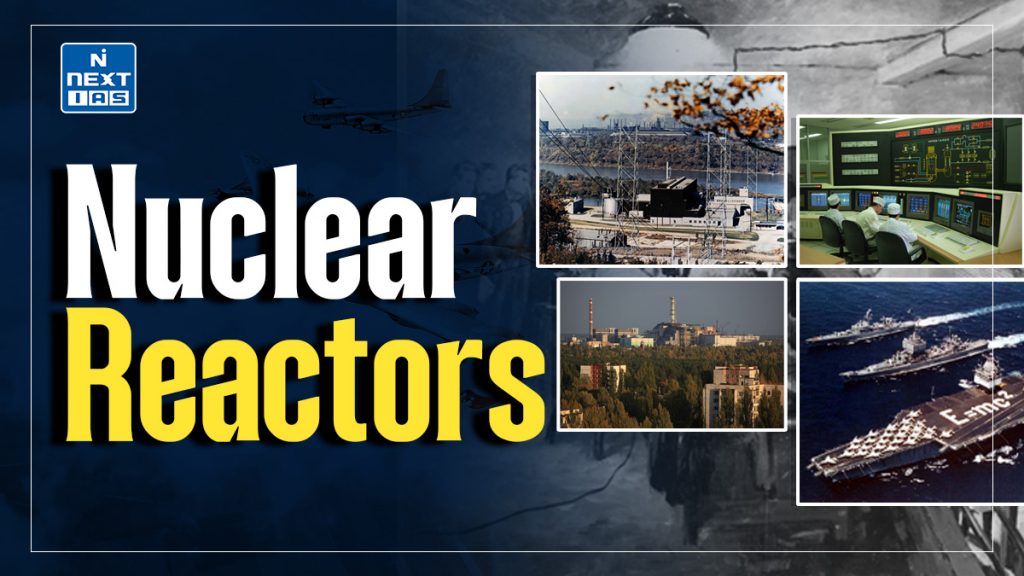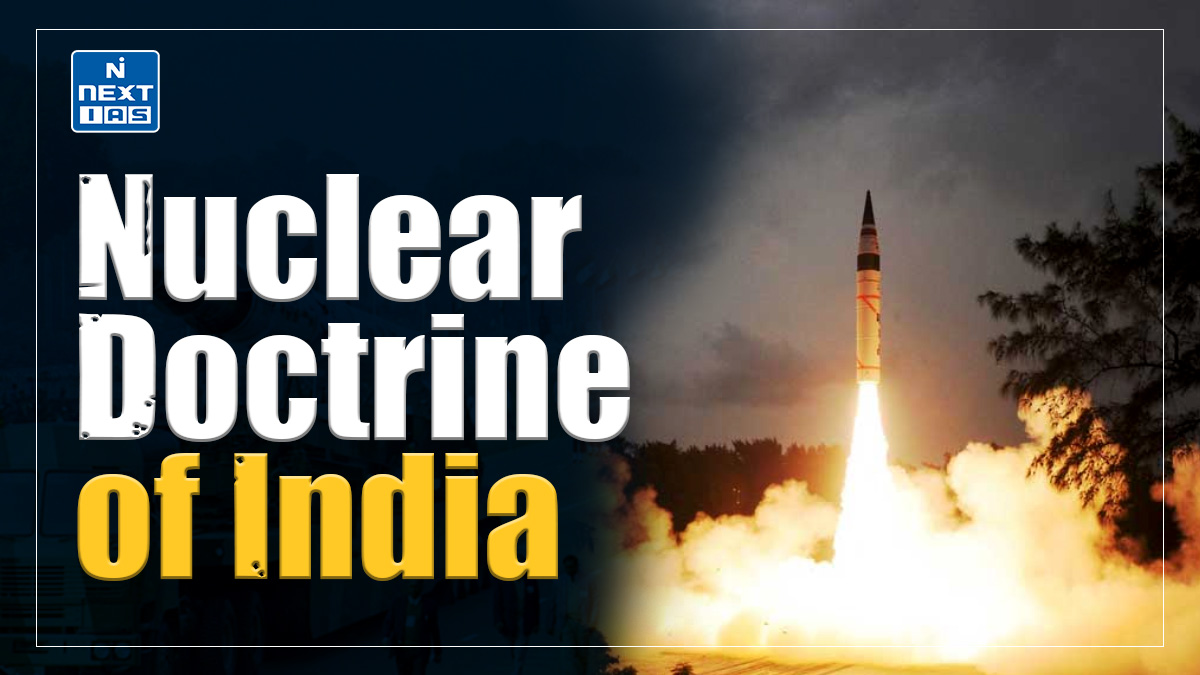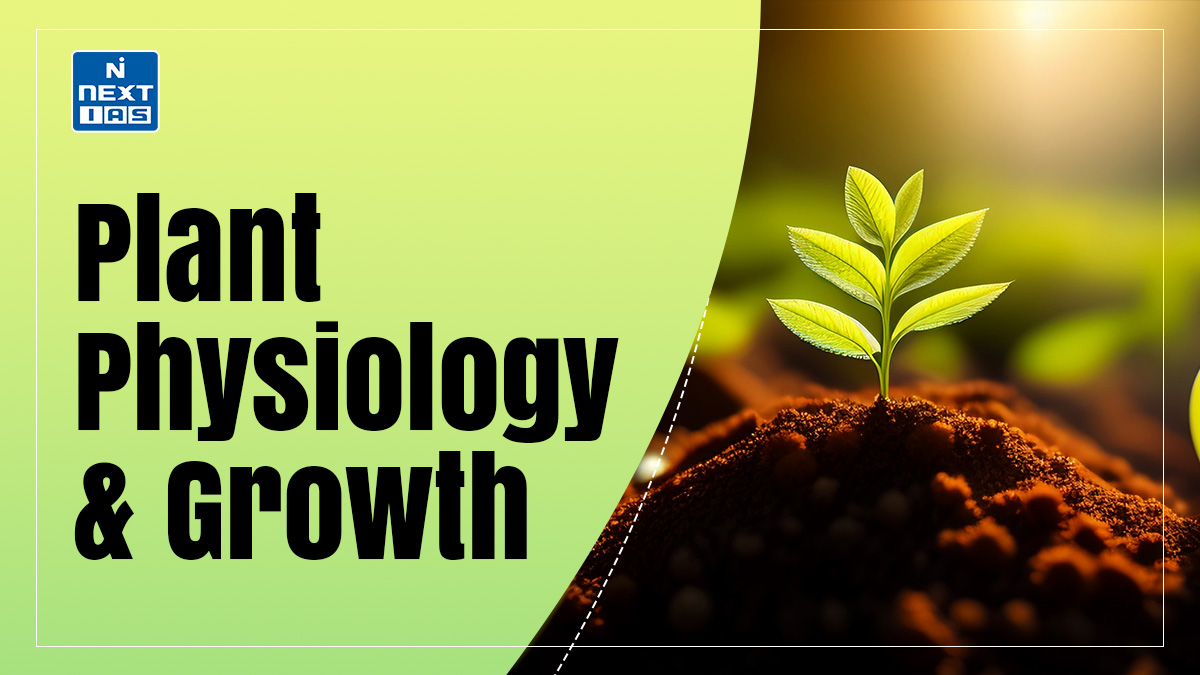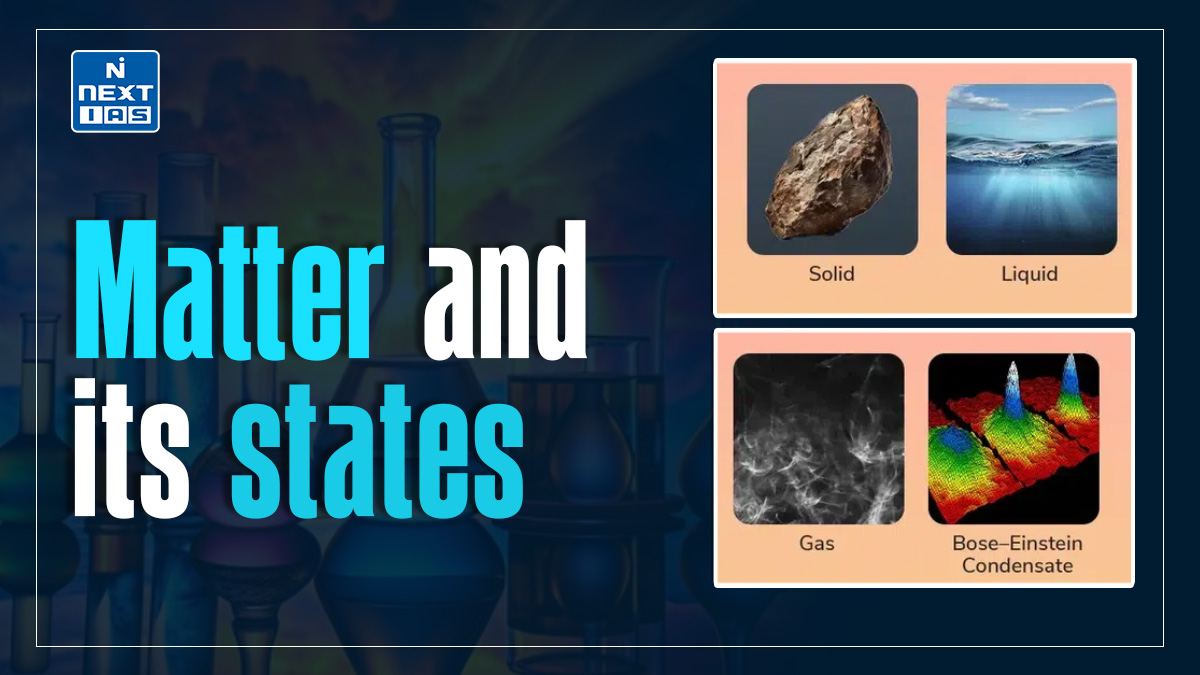
Nuclear reactors are devices that control nuclear fission to release energy, primarily for electricity generation. By splitting uranium or plutonium atoms, reactors produce heat, which generates steam to drive turbines. Known for high energy output and low greenhouse gas emissions, nuclear reactors play a key role in modern energy systems.
About the Nuclear Reactors
- Nuclear reactors are powerful energy sources that produce about 10% of the world’s electricity. As of 2023, there are approximately 440 nuclear reactors operating in over 30 countries, with the United States, France, and China leading in reactor numbers and energy production.
- Nuclear energy’s appeal lies in its ability to generate large amounts of power with minimal greenhouse gas emissions; a single uranium fuel pellet produces as much energy as a ton of coal or 149 gallons of oil.
- Reactors come in several designs, with pressurized water reactors (PWRs) being the most common, followed by boiling water reactors (BWRs) and advanced gas-cooled reactors (AGRs).
- While nuclear energy is efficient, it presents challenges, such as radioactive waste disposal and the potential for severe accidents, like Chernobyl and Fukushima.
- Despite these concerns, advancements in reactor technology, such as small modular reactors (SMRs), aim to make nuclear power safer, more adaptable, and environmentally sustainable.
Types of Nuclear Reactors
Nuclear reactors vary by design, fuel type, and cooling method. Here are the main types:
Pressurized Water Reactor (PWR)
The most common type globally, PWRs use water as both a coolant and a moderator. The water is kept under high pressure to prevent it from boiling, transferring heat to a secondary loop that produces steam and drives turbines.
Boiling Water Reactor (BWR)
In BWRs, water is allowed to boil inside the reactor vessel, generating steam directly within the reactor core. The steam then powers turbines, simplifying the design but requiring radiation shielding around the turbine.
Pressurized Heavy Water Reactor (PHWR)
Known as CANDU reactors in Canada, PHWRs use heavy water (deuterium oxide) as a moderator. This design allows the use of natural uranium as fuel, making it efficient for regions with limited uranium enrichment facilities.
Gas-Cooled Reactor (AGR and GCR)
Advanced Gas-Cooled Reactors (AGRs), found mainly in the UK, use carbon dioxide as a coolant and graphite as a moderator. These reactors operate at high temperatures, improving thermal efficiency.
Fast Breeder Reactor (FBR)
FBRs use fast neutrons and can “breed” more fuel (plutonium) than they consume, using liquid metals like sodium as a coolant. They are valued for potentially producing sustainable fuel from uranium resources.
Small Modular Reactor (SMR)
A new technology, SMRs are compact and designed for flexibility. They are factory-assembled, making them cost-effective and suitable for remote locations or smaller grids.
Molten Salt Reactor (MSR)
MSRs use liquid fuel mixed with molten salt, which also acts as a coolant. This design allows for high-temperature operation and inherent safety features, making them promising for future energy needs.
Each type has unique advantages and challenges, contributing to the diversity and development of nuclear technology worldwide.
Nuclear Reactors in India
India has an active nuclear energy program, with nuclear reactors playing a crucial role in the country’s goal of achieving energy security and reducing greenhouse gas emissions. The Indian nuclear power program operates under a three-stage strategy to utilize its limited uranium and vast thorium reserves.
Key Points:
- Operational Reactors: India has 22 operational nuclear reactors with a combined capacity of about 6,780 megawatts (MW), making it one of the top countries in terms of nuclear capacity. These reactors contribute around 3% of India’s total electricity generation.
- Types of Reactors:
- Pressurized Heavy Water Reactors (PHWRs): The majority of India’s reactors are PHWRs, primarily using natural uranium as fuel and heavy water as a moderator, which allows efficient fuel use without enrichment.
- Light Water Reactors (LWRs): India also operates imported LWRs, notably from Russia, under international collaboration.
- Fast Breeder Reactors (FBRs): India is developing FBRs, aiming to use plutonium and thorium as fuel. The Prototype Fast Breeder Reactor (PFBR) in Tamil Nadu is under commissioning and will mark a milestone in India’s thorium utilization.
- Thorium Program: India has vast thorium reserves, primarily in the southern states. As part of its three-stage nuclear strategy, India plans to develop thorium-based reactors to achieve sustainable energy production with minimal uranium reliance.
- Expansion Plans: India has ambitious plans to increase nuclear capacity to 22,480 MW by 2031, including both indigenous PHWRs and LWRs in collaboration with foreign partners like Russia, France, and the United States.
- Nuclear Regulatory and Safety Framework: The Atomic Energy Regulatory Board (AERB) oversees nuclear safety in India, and reactors are operated under strict guidelines for operational safety and waste management.
- India’s nuclear program is a key component of its energy strategy, with ongoing research and development in advanced technologies to ensure safe, reliable, and sustainable power.
Advantages of Nuclear Reactors
Nuclear reactors offer several advantages, especially for countries seeking reliable and low-carbon energy sources. Here are the primary benefits:
- High Energy Density: Nuclear reactors produce a significant amount of energy from a small amount of fuel. A single uranium fuel pellet can generate as much energy as a ton of coal or 149 gallons of oil, making nuclear power highly efficient.
- Low Greenhouse Gas Emissions: Nuclear reactors emit minimal greenhouse gases during operation, helping to mitigate climate change. They produce less CO₂ per unit of electricity than fossil fuel plants, comparable to renewable sources like wind and solar.
- Stable and Reliable Power: Nuclear reactors provide a steady, reliable power supply, unlike some renewable sources that depend on weather conditions. This makes nuclear energy ideal for baseload power, ensuring consistent electricity generation.
- Energy Independence: Countries with limited fossil fuel resources can use nuclear energy to reduce dependence on imported fuels. This can enhance energy security and stabilize national energy prices.
- Small Land Footprint: Nuclear plants require less land than many renewable energy sources. They can produce large amounts of energy from a compact space, making them suitable for areas with limited available land.
- High Load Factor: Nuclear reactors operate with high capacity factors, often above 90%, meaning they generate power almost continuously, unlike fossil fuel plants or some renewable options that have lower capacity factors.
- Long Fuel Supply: With advanced reactor designs and recycling options, nuclear energy has the potential for a long-term fuel supply, especially with the development of thorium and fast breeder reactors.
- Job Creation and Economic Benefits: Nuclear power plants contribute to local economies by creating high-skill jobs and requiring extensive supply chains. They also generate significant tax revenue for host communities.
While nuclear reactors do come with challenges like waste management and accident risks, advancements in technology and safety are making nuclear power an increasingly viable option for a sustainable energy future.
Worlds Famous Nuclear Reactors
Several nuclear reactors worldwide have gained recognition due to their size, technological advancements, or historical significance. Here’s a list of some of the world’s most famous nuclear reactors:
- Chernobyl Nuclear Power Plant (Ukraine): Known for the catastrophic 1986 accident, Chernobyl’s Reactor 4 explosion led to a major nuclear disaster, shaping global nuclear safety regulations and research. The site is now decommissioned, with Reactor 4 entombed under a protective sarcophagus.
- Fukushima Daiichi Nuclear Power Plant (Japan): This plant experienced a meltdown in 2011 following a massive earthquake and tsunami, leading to one of the worst nuclear accidents in history. The disaster prompted global reviews of nuclear safety, particularly in earthquake-prone areas.
- Kashiwazaki-Kariwa Nuclear Power Plant (Japan): With a capacity of around 8,200 MW, this is one of the world’s largest nuclear power stations. Located in Japan, it has seven reactors, although operations have been paused and restarted multiple times due to seismic safety concerns.
- Three Mile Island (USA): Site of the most serious nuclear accident in the United States, Three Mile Island’s partial meltdown in 1979 brought about significant changes in the nuclear regulatory framework in the U.S., improving safety protocols.
- Zaporizhzhia Nuclear Power Plant (Ukraine): The largest nuclear power plant in Europe, Zaporizhzhia has six reactors and generates about 5,700 MW. Due to its location, it has been under international attention amidst geopolitical tensions and conflicts.
- Bruce Nuclear Generating Station (Canada): Situated in Ontario, Canada, this is the largest operating nuclear facility by capacity in the world, producing around 6,430 MW. It primarily uses CANDU (Canadian Deuterium Uranium) reactors, known for using natural uranium as fuel.
- Kola Nuclear Power Plant (Russia): Located near the Arctic Circle, Kola demonstrates Russia’s ability to generate nuclear power in extreme environments. It has four reactors and is crucial to powering northern Russian regions.
- Paluel Nuclear Power Plant (France): As part of France’s extensive nuclear program, Paluel is one of the country’s largest nuclear stations. France generates over 70% of its electricity from nuclear energy, with Paluel contributing significantly to the grid.
- Hanul Nuclear Power Plant (South Korea): Formerly known as Ulchin, this is South Korea’s largest nuclear power plant, producing over 5,900 MW. It represents the country’s commitment to nuclear energy as a stable and secure energy source.
- ITER (International Thermonuclear Experimental Reactor) (France): Though still under construction, ITER is the world’s largest experimental nuclear fusion reactor. Supported by an international consortium, ITER aims to demonstrate the feasibility of fusion power, potentially revolutionizing clean energy if successful.
These reactors highlight the diversity of nuclear facilities worldwide, spanning historical sites, large power-generating stations, and groundbreaking experiments.
Way Forward
- The future of nuclear reactors lies in advancing safety, sustainability, and adaptability. Emphasis on Small Modular Reactors (SMRs) offers flexible deployment, ideal for smaller grids and remote areas. Innovations in reactor design, such as molten salt and fast breeder reactors, can improve fuel efficiency and reduce waste.
- Enhanced safety protocols and public transparency are essential for building trust. Further, nuclear fusion research, like the ITER project, promises virtually limitless, clean energy. These advancements aim to make nuclear energy safer, more sustainable, and a vital part of global carbon reduction efforts.
Conclusion
Nuclear reactors offer a powerful solution for clean, reliable energy with minimal greenhouse gas emissions. While challenges like waste management and safety exist, advancements in technology continue to enhance their sustainability and safety, positioning nuclear power as a crucial component in the global shift toward low-carbon energy.
GS - 3





